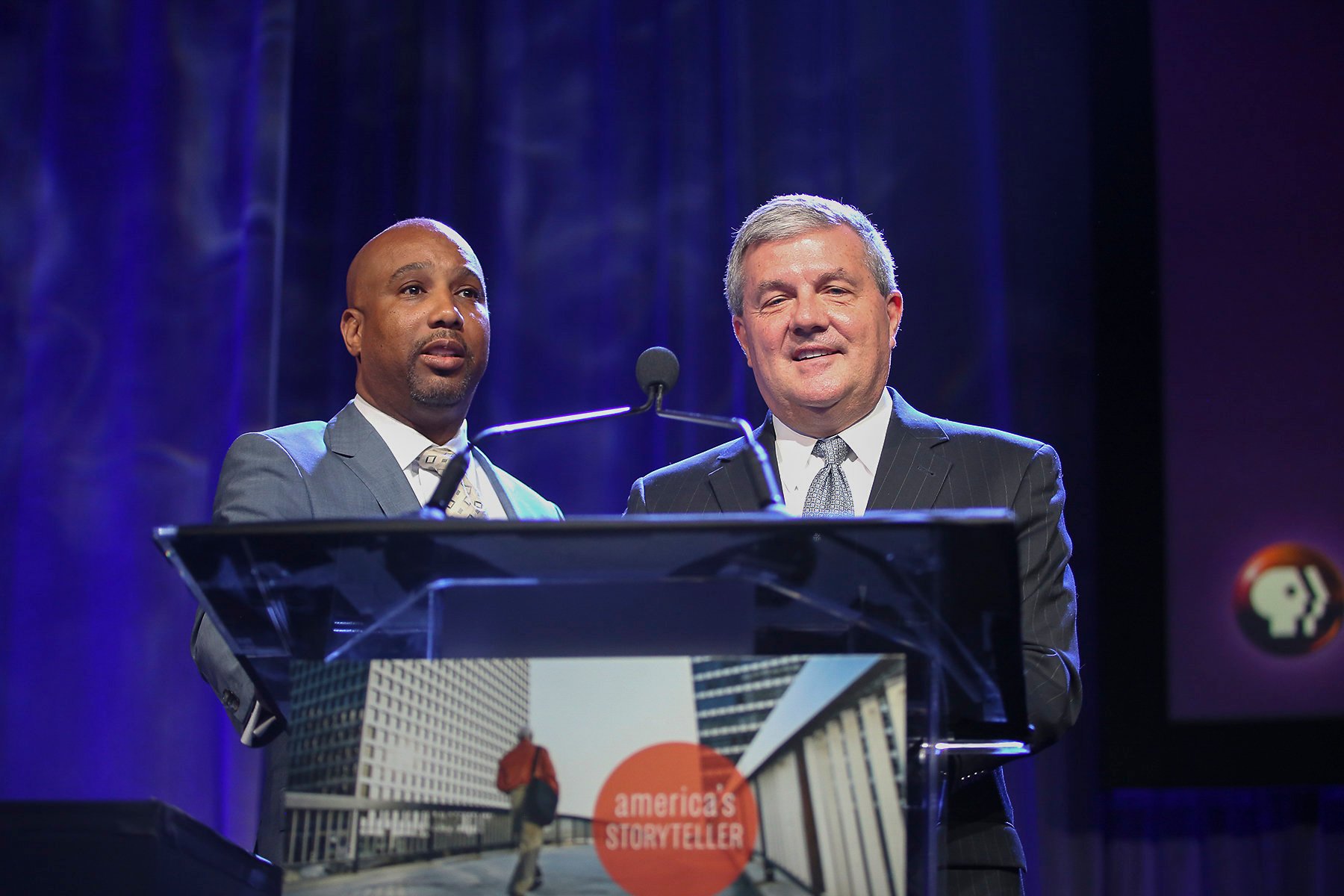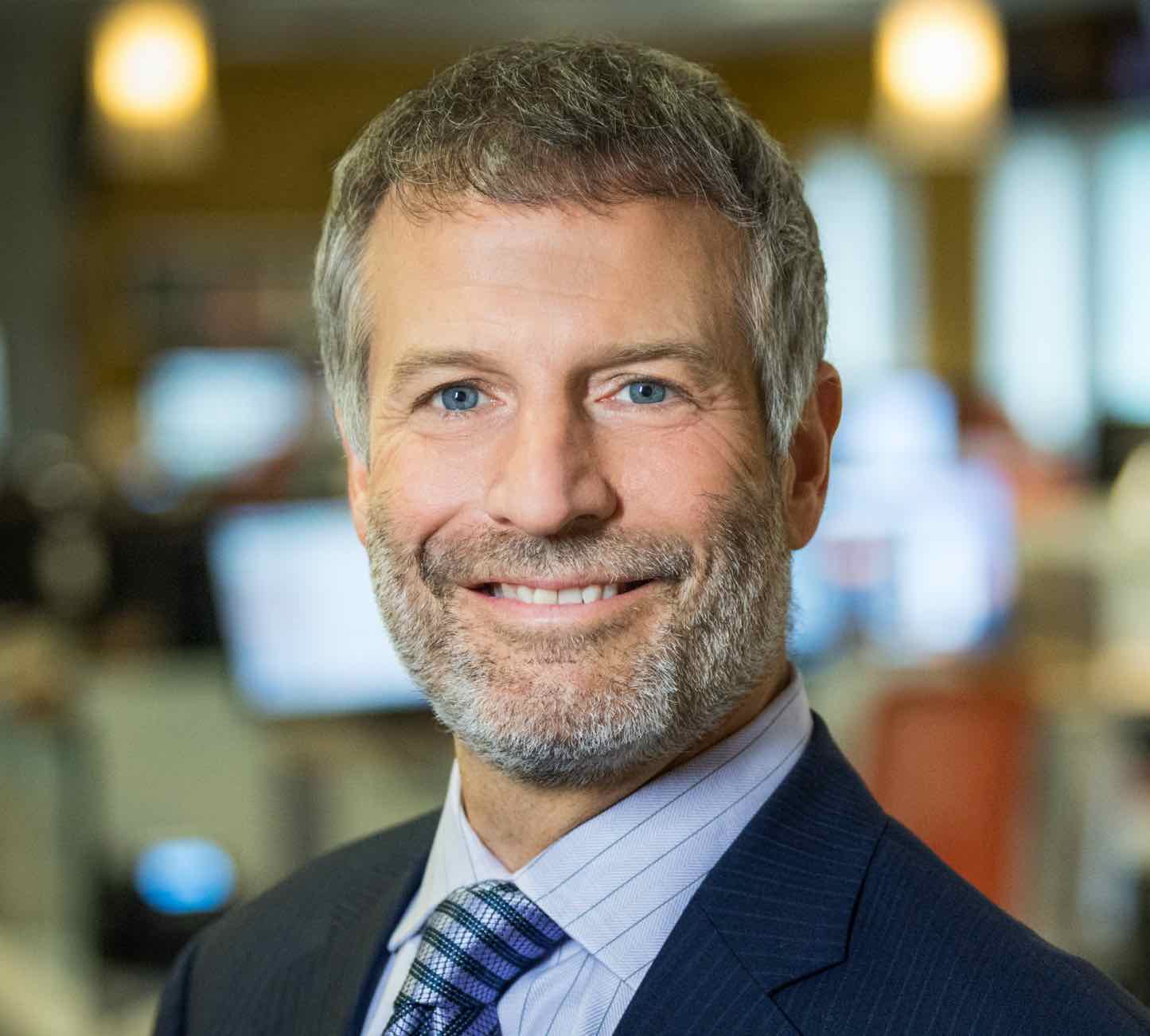GM says recommended funding cuts to Alaska’s KUAC would have disastrous result
Suggested budget cuts at the University of Alaska Fairbanks could jeopardize the survival of KUAC, the university’s public broadcasting outlet, according to the station’s g.m.
A committee tasked with closing a gap in the university’s budget of as much as $14 million included cuts to the station’s funding in a proposal released in May. Trimming KUAC’s funding could save the university between $800,000 and $1.4 million, according to the budget committee, the highest estimated savings of all the recommendations except for consolidating or eliminating some degree programs.
The committee listed the cuts as “recommended with reservations” and noted that the station could move toward self-support. But the station wouldn’t be able to support itself if the cuts are made too quickly, said KUAC General Manager Keith Martin. KUAC received $1.3 million from the university in 2013, amounting to a little more than a third of its budget.
“Even if they want to implement self-funding in up to three years, we’re pretty much done,” he said. “If it’s next fiscal year, we’d definitely be done.”
Even if KUAC had ample time to adjust, Martin said, he doubts that listener contributions could make up for cuts in university support. Fairbanks is a relatively small market with a dedicated but limited donor base, he said. The station now raises about a third of its budget from listeners.
“If we lose $1 million in our budget, to make that up with community support in a community that already supports us, that’s asking for $2 million from a population of between 80,000 and 100,000 people,” he said. “It’s a tall order.”
Martin also noted that a cut in university funding could affect the station’s eligibility for CPB support. Nonetheless, he hopes that KUAC will retain its funding, noting that the cuts are only a recommendation and that the station’s dedicated following has already started fighting the suggested reduction.
“It isn’t time to panic,” he said. “It’s time to educate and communicate with the university what we do for the school and the community.”







